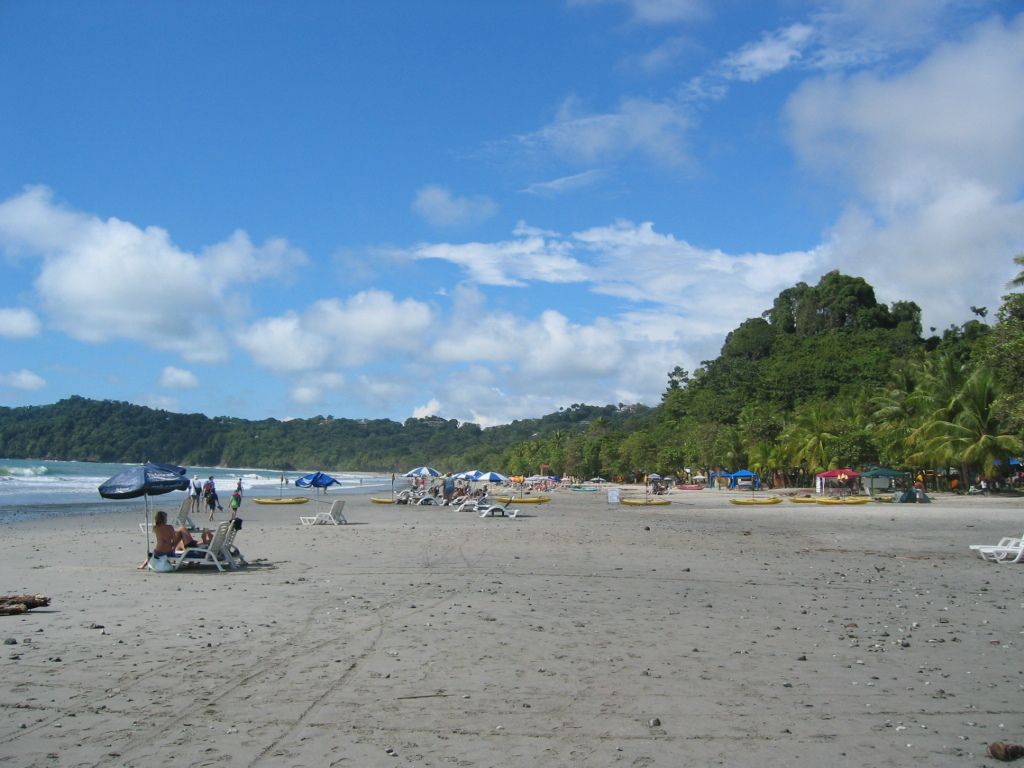Battery Production Woes at Ford's Cologne Plant
Manufacturing process for battery packs at Ford's facility in Cologne
Date: June 11, 2025 | Time: 3:12 AM (Cologne, Germany) | Expiry: June 11, 2027 | Our Website | Author: Jens Gleisberg
A tour through Ford's newly repurposed facility in Cologne reveals a two-shift battery assembly operation, producing 500 battery packs per day for its electric vehicles. But this production number is falling short of the 3-shift capacity of up to 1000 units, due to weak demand and high costs for battery pack assembly.
Stefan Buhler, the Launch Manager, leads the way through the impressive hall, a former engine production site now transformed into a battery assembly center. The workforce consists of 190 humans and as many robots, working side by side to assemble these expensive, essential components.
Buhler, a seasoned Ford employee, has retrained for this new role. Before taking on the Launch Manager position, he worked in the gearbox plant and started as an apprentice in 2000. It was crucial to familiarize himself with the technology, he explains.
Behind the Scenes: A Factory in Transition
The facility operates smoothly after initial teething problems. The battery assembly area on the east side is equipped with orange signs warning of high voltage dangers. The western side, where electric vehicles are assembled, perfectly matches the demand for battery packs produced here.
However, the demand for Ford's popular Explorer and Capri models hasn't reached expectations. Sales have ticked up recently, but they're still far from the production capacity of a thousand pieces per day. As it is, the battery packs are costly, and Ford only assembles them, as the individual parts are purchased separately.
The Cologne plant grapples with red figures, a situation exacerbated by the parent company ceasing automatic compensation for losses. To mitigate this uncertain situation, the works council is currently negotiating with the company to secure jobs, especially in light of potential insolvency.
- Strikes Averted in Cologne—Temporary Agreement Held | Read more
- Electric Car Price War: 2025 Bargains on the Horizon | More Details
Our sources:- Ford Werke GmbH- On-site reporter
Insights from the Enrichment Data:
- Kentucky Plants: Ford has two battery plants in Kentucky (part of the BlueOval SK joint venture with SK On) with a combined capacity of 86 GWh annually. However, one plant is currently idle, and only part of the other is operational for Ford, with the remainder being shared with Nissan. [Sources: [2, 5]]
- Marshall Plant: While the Marshall plant in Michigan is facing policy and supply chain challenges, the current capacity utilization is not specified in available sources. [Source: 1]
- The economic and social policy discussions surrounding the automotive industry in Germany, particularly in Cologne, are becoming increasingly important due to the financial burden and transportation challenges faced by Ford's battery production plant.
- Ford's battery production in Cologne, though efficient, is confronted with a high cost for battery pack assembly owing to insufficient demand for certain vehicles like the Explorer and Capri, contributing to the industry's ongoing financial woes.
- In an attempt to navigate these economic issues, Ford is exploring technological advancements, such as those offered by the BlueOval SK joint venture in Kentucky, to optimize battery production and reduce costs, eventually helping the automotive sector and the overall industry remain financially viable.




